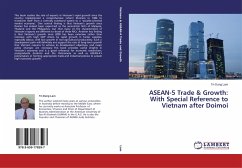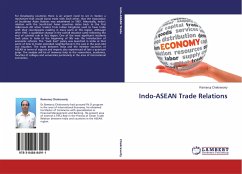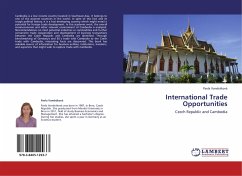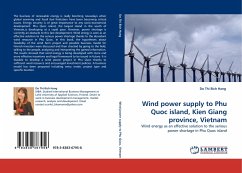This book studies the role of exports in Vietnam s rapid growth since the country implemented a comprehensive reform (Doimoi) in 1986 to transform itself from a centrally command system to a socialist-oriented market economy . One central finding is that Vietnam s growth since Doimoi has indeed been export-led as the second-tier NICs of Malaysia, Thailand and the Philippines, but that many of the characteristics of Vietnam s exports are different to those of these NICs. Another key finding is that Vietnam s growth since 2000 has been extensive rather than intensive with high GDP driven by rapid growth in factor supplies, especially labour, with low growth in non-agricultural productivity. Such a development path will definitely not support the rate of long-term growth that Vietnam requires to achieve its development objectives, and major policy changes are necessary. This book provides useful insights in Vietnam s economy and is a good reference for economic researchers, postgraduate students and the Vietnamese as well as ASEAN-4 s policymakers in forming appropriate trade-and industrial policies to sustain high economic growth.
Hinweis: Dieser Artikel kann nur an eine deutsche Lieferadresse ausgeliefert werden.
Hinweis: Dieser Artikel kann nur an eine deutsche Lieferadresse ausgeliefert werden.








